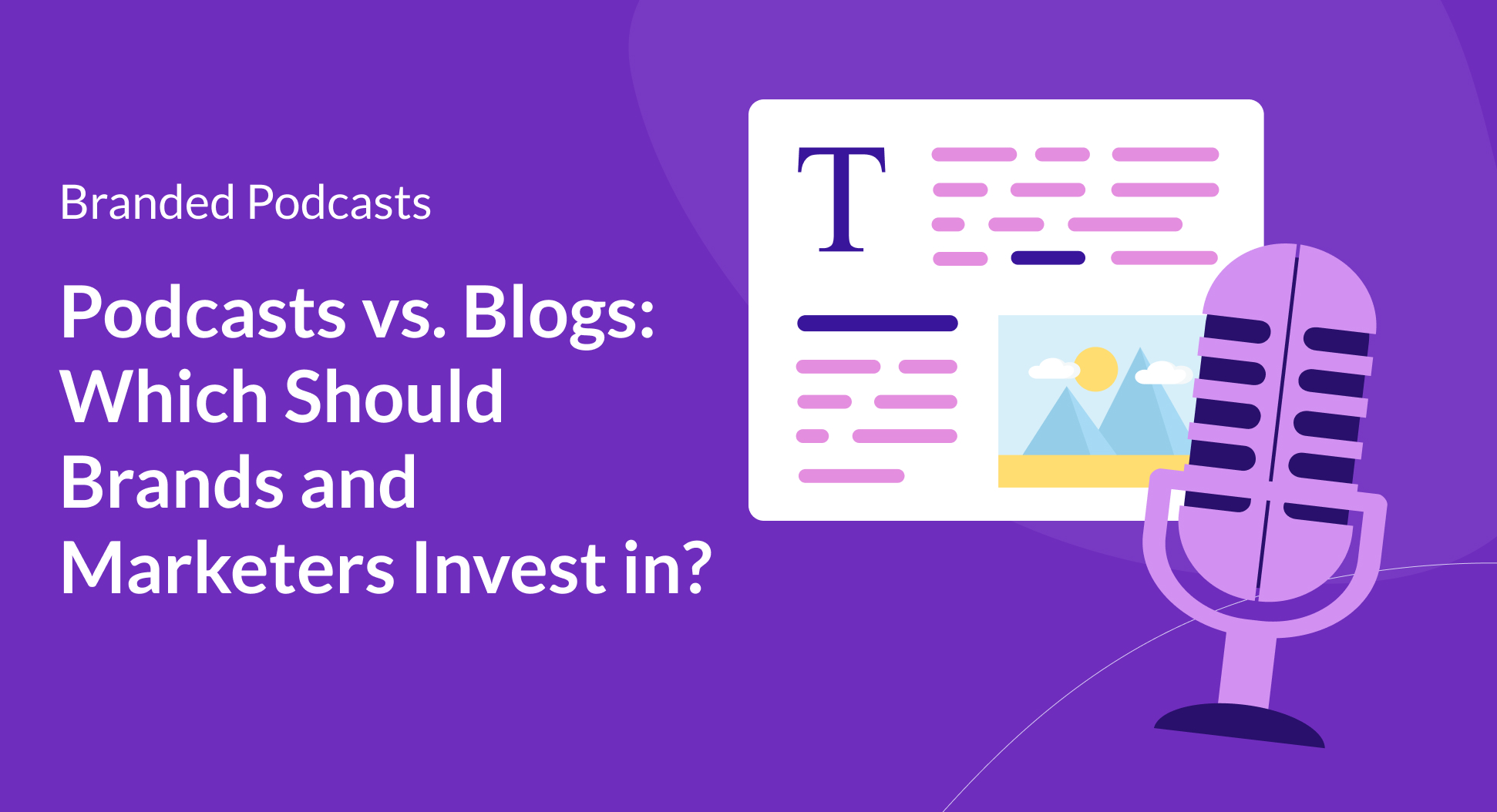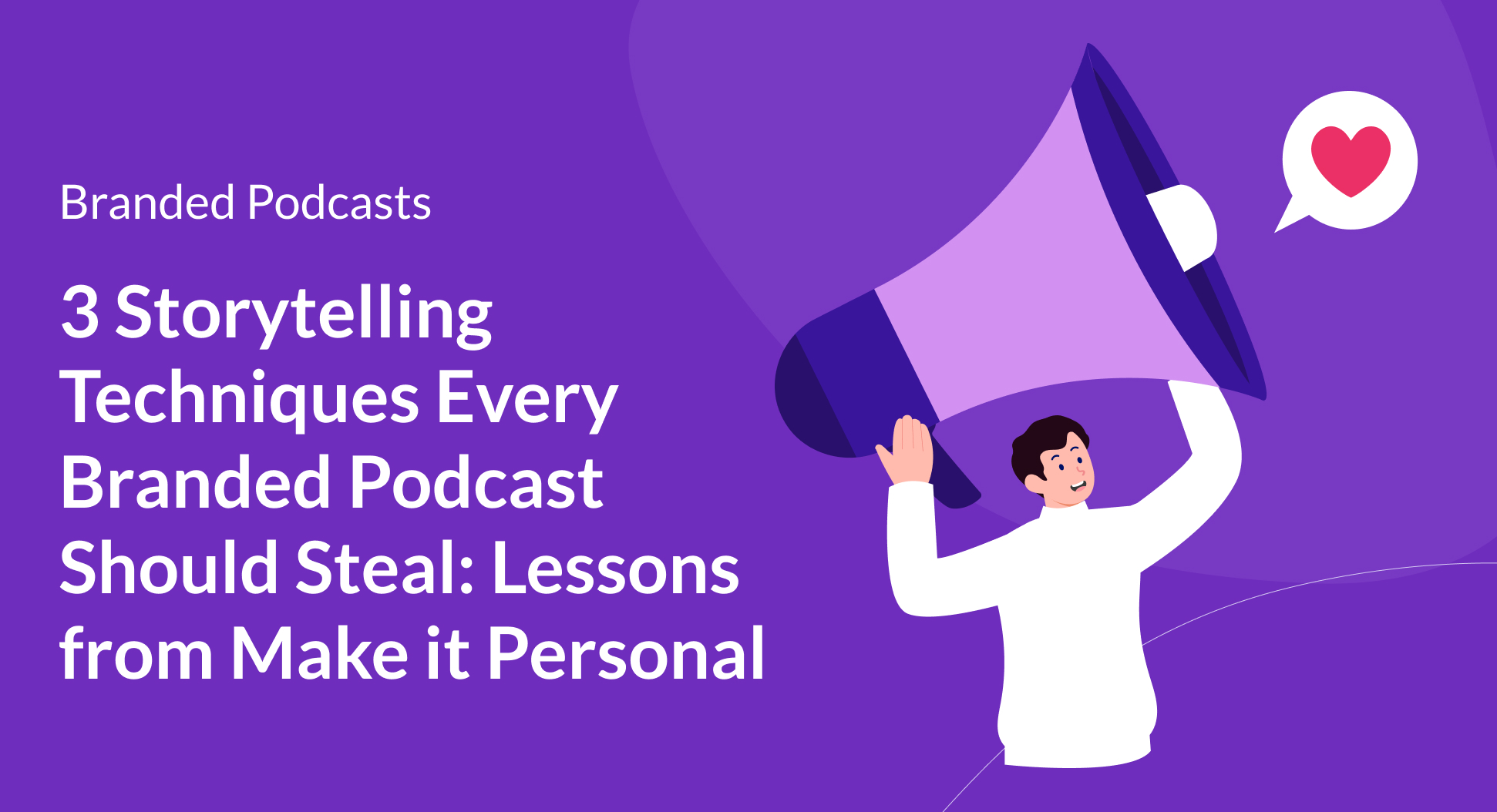Contents
Reports like the Infinite Dial provide us with incredibly useful data on podcast listeners as a whole. But in 2020, podcasters will need to start narrowing down their show data to determine who their unique listeners are.
The Ideal Podcast Listener Profile
Brands are turning their attention to podcasts. Historically, the medium has proven to be an engaging way to reach dedicated, high converting audiences. However, the power of podcasting relies on a show’s ability to create hyper-targeted groups, who buy similar things.
Creating a listener profile for your audience is useful so podcasters can show potential sponsors who they can reach while tailoring the show’s content to their audience.
Completing this exercise is necessary for all podcasters but especially podcast networks who publish multiple shows. Think about each show as a separate business. First, you need to figure out the demand for your content, then determine who wants to consume it. Once you understand who your consumers are, you can tailor your marketing tactics to meet their unique behaviours and desires.
Podcast Listeners
To start, you need to understand who your content is going to resonate with and sadly, “everyone” is not an answer. No one makes a podcast for everyone. As the creator, you need to take a step back and reflect on how niche your series is, what sort of topics do you cover? What type of person would want to listen? For example, if you have a podcast that’s specifically about eating gluten-free in Toronto then we can assume that your podcast listener will be individuals who are gluten-free and living in Toronto.
Once you’ve narrowed it down to a more specific group of people you can start to get to know your listeners. Find out information like ages, genders, occupations, where they’re normally listening, hobbies, etc. This will give you more of a base to run with when you’re creating your listener profile. An easy way to find out this sort of information is through podcast survey’s that you can promote on your series as well as online.
And lastly, as always, engage with your audience on social media! Get a conversation going about your series among your listeners, learn more about them and also what they think of the series.






.png)

.png)




.png)
.png)
.png)
.png)